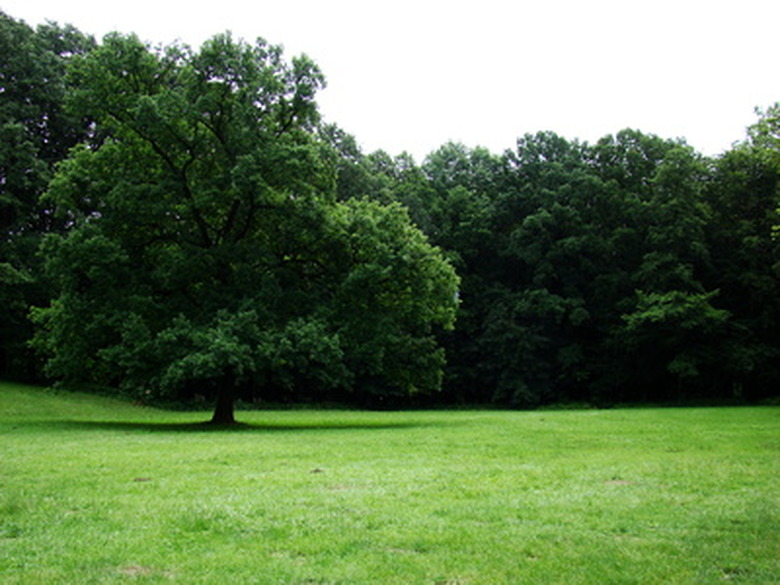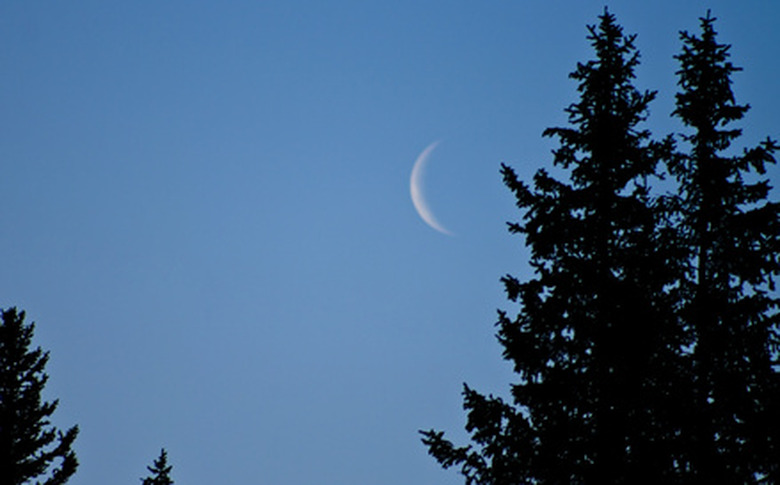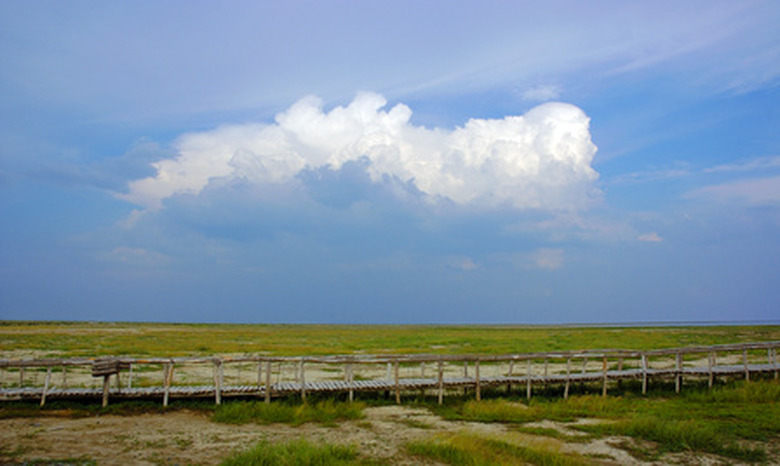Physical Address
Suite 5, 181 High Street,
Willoughby North NSW 2068
Physical Address
Suite 5, 181 High Street,
Willoughby North NSW 2068

Biologists identify these 7 biomes by their individual and distinctive physical characteristics:
Tropical Rainforests: Receive constant rain throughout the year, which makes these areas (usually located at the equator) lush with tropical plants, trees, rivers, streams and rich, fertile soil. Most of the trees in the tropical rainforest keep their leaves, and scientists still discover new plants and animal species within this ecological community.
Temperate Forests: These forests have four distinct seasons – as compared with the tropical rainforest – with many evergreen and deciduous trees, which are trees that shed their leaves in the fall and winter. Cold winters and warm summers support a variety of bird and animal life including bears that hibernate during the winter months, deer, elk, squirrels, foxes, wolves, coyotes and other small mammals.
**Taiga**: These ecological communities represent some of the oldest forests in the world. They’re also called boreal forests. As the largest of the seven land biomes, taiga consists mostly of conifers like fir, pine and cedar with needle-shaped leaves that stay green most of the year. Long, cold winters force migratory birds south and mammals to develop thick, white coats in the winter.

Deserts: The desert biome is best known for its hot, dry summers and cold winters. Most deserts receive little rainfall, and some of the plants evolved to retain water to thrive. Cacti developed spines to protect their fleshy hulls that store water for those arid months. Snakes, lizards and other cold-blooded reptiles winter underground only to come out when the weather turns warm.
Grasslands: Represent the great prairies or plains dominated by grasses, treeless plains and large herds of grazing animals like buffalo, bison or deer in the United States. Enough rain falls to keep grasses and herbs growing, but dry summers and fires keep trees from taking hold.

Savanna: Unlike grasslands, savannas receive enough rain to support trees in groups or dotted throughout the environment. Grazing herd animals have long legs to run away from the many predators that thrive in the large, flat plains like lions, hyenas and cheetahs.
Tundra: Large swaths of land marked by flat, cold plains support low grasses, plants and green moss in the summer. Much of the tundra includes permafrost – frozen ground – just beneath the ground’s surface. Mice and other small creatures go underground during winter freezes.